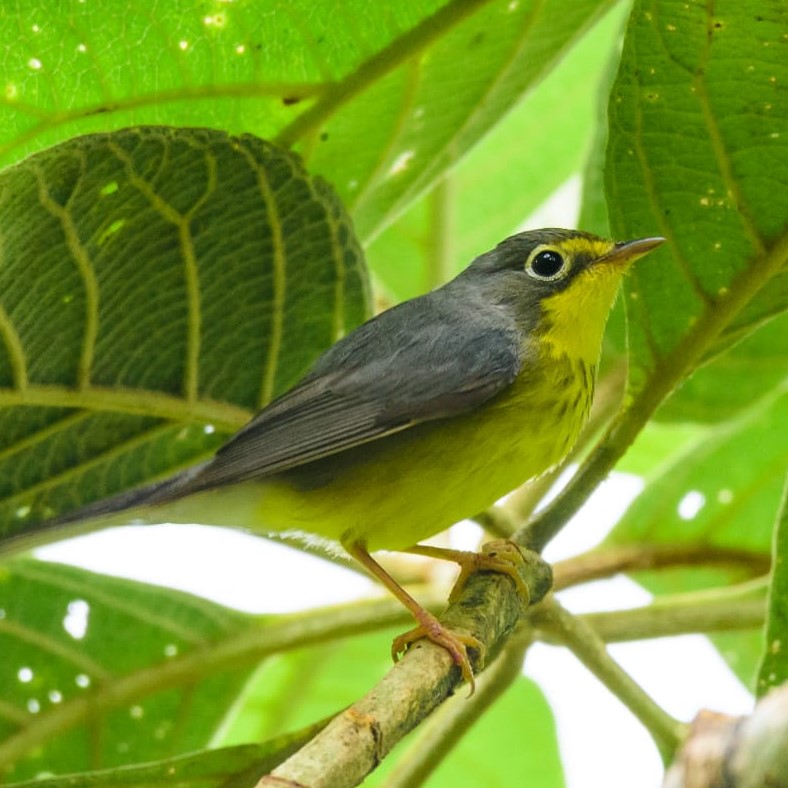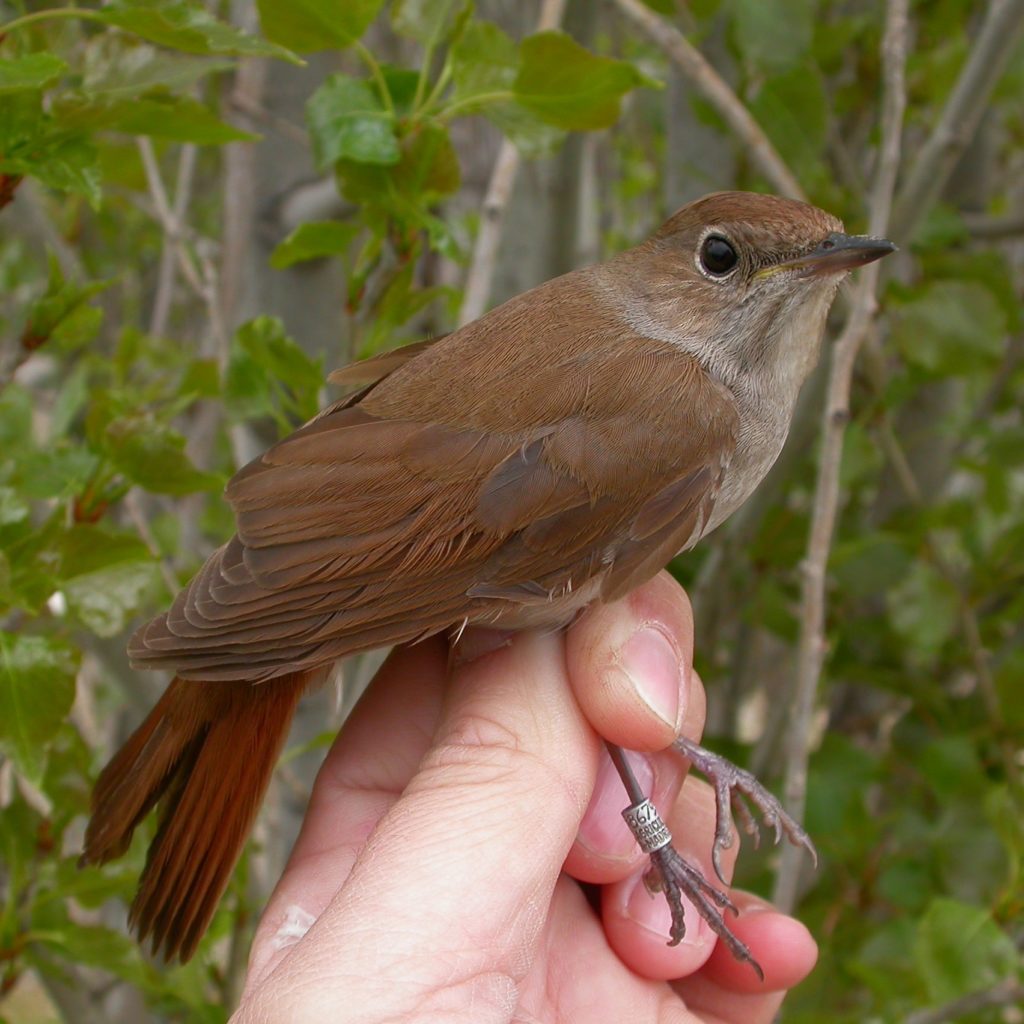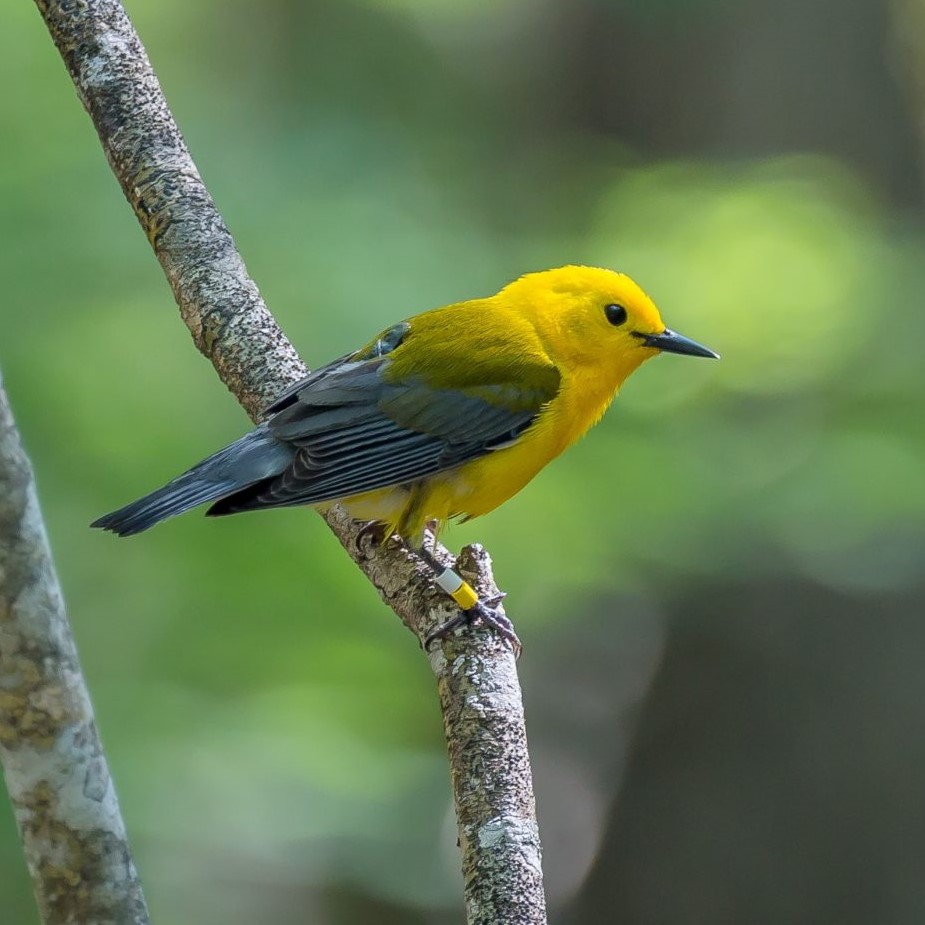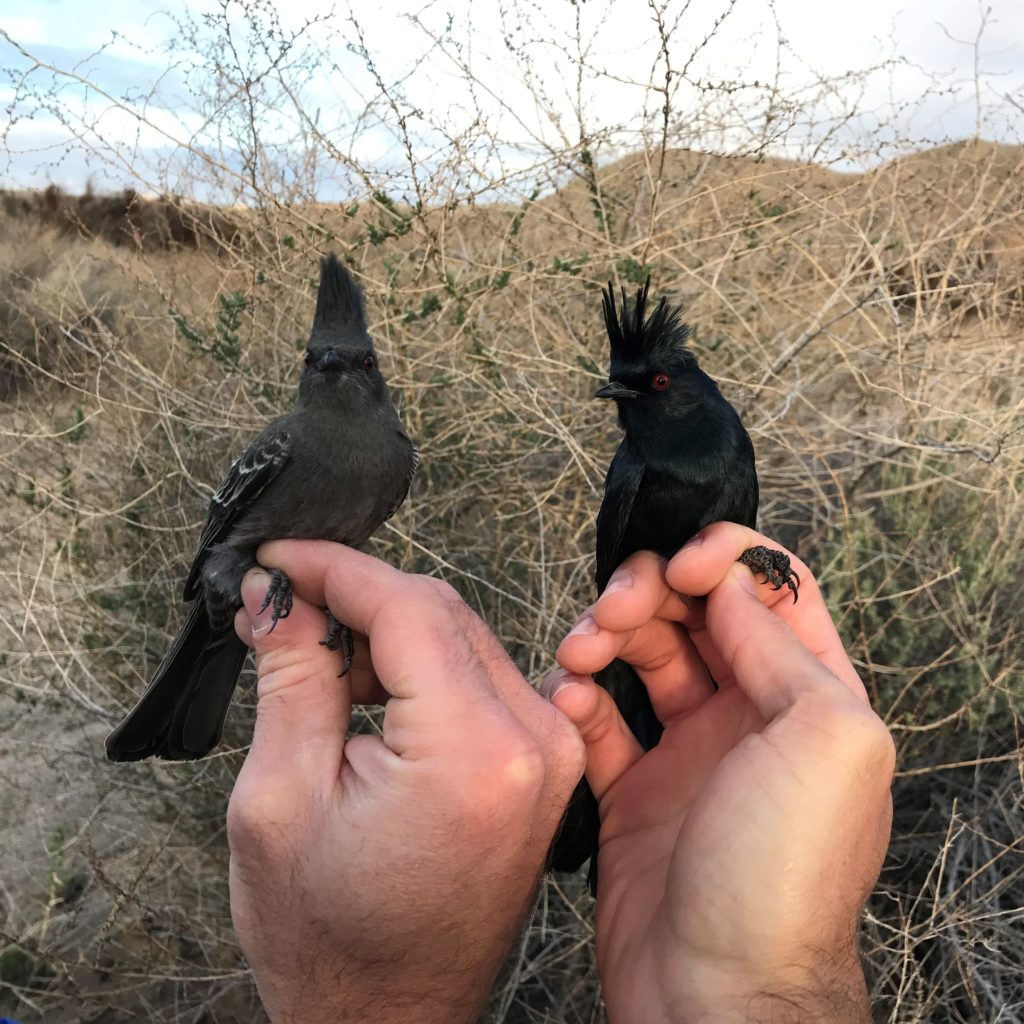Tomorrow (May 9) is World Migratory Bird Day! In celebration of migratory birds’ return to the Northern Hemisphere for the spring breeding season, here’s a roundup of six of our favorite migration-related papers published in AOS journals The Auk and The Condor in the past year.
1. Stressful winters have lasting effects, even after birds return to their breeding grounds.

“There’s no shortage of studies demonstrating that conditions during one part of birds’ annual of breeding and migration cycle can affect individuals in subsequent stages — a phenomenon known as carry-over effects. However, getting information on the conditions experienced by individual birds throughout the annual cycle and their resulting effects is a challenge,” wrote Tara Imlay in her post for the AOS blog about her paper in The Auk. She and her colleagues sampled the tissues and blood of Bank, Barn, and Cliff swallows, using “intrinsic markers” such as stress hormone levels to gain insight into on the conditions individuals had experienced during the previous winter. They found that all three swallows experience different carry-over effects, with stressful winter conditions decreasing their breeding success in the following spring.
2. Shade-grown coffee plantations can be good winter habitat for warblers — at least if conditions are ideal.

“The Andean mountains of Colombia, my homeland, are home to the world’s highest diversity of birds and are a major coffee-producing region,” according to Ana González in her April blog post about her paper in The Condor. “Contrary to popular belief in North America, the landscape in the Andean mountains of northern South America is highly fragmented as a result of the expansion of cattle pastures and agriculture, including coffee plantations.” Her findings suggested that shade-grown coffee plantations can be suitable winter habitats for Canada Warblers, but she noted that shade-grown coffee plantations in her study sites were characterized by optimum conditions in terms of tree diversity, height, and canopy cover, which increase habitat suitability for Neotropical migrants.
3. Climate change may be making nightingales’ annual migration harder by selecting for birds with shorter wings.

Twenty years of data on wing shape variation and survival in two populations of nightingales from central Spain, analyzed by Carolina Remacha and Javier Pérez-Tris and published in The Auk, showed that nightingales’ average wing length relative to their body size has decreased over the past two decades, becoming less optimal for migration. Why? The “migratory gene package” hypothesis predicts that a suite of adaptations related to migration — including a long wingspan as well as a higher resting metabolic rate, larger clutch size, and shorter lifespan — may all be controlled by a set of genes that are linked so that selective pressures on one trait also affect the others. In recent decades, climate shifts have left nightingales with a shorter window in which to raise their young. This means the most successful birds may be those that lay smaller clutches of eggs, giving them fewer young to care for. And if natural selection is favoring smaller clutches, it may simultaneously push nightingales away from all of the linked traits in the “migratory gene package.”
4. Black-throated Blue Warblers’ fall migration takes longer today than it did fifty years ago.

A growing body of research shows that birds’ spring migration has been getting earlier and earlier in recent decades, but a recent study in The Auk showed that little-studied fall migration patterns have been shifting over time as well. Kristen Covino and her colleagues analyzed bird banding data on migrating Black-throated Blue Warblers captured between between 1965 and 2015. Analyzing almost 150,000 individual records, they confirmed that the timing of the birds’ spring migration has advanced over the last fifty years, with early migrants passing through banding sites approximately one day earlier each decade. Crucially, however, their data also covered fall migration, which has been less well-studied, and showed that while the timing of the peak of fall migration hasn’t changed, it takes longer today than it did five decades ago.
5. Nearly all of the world’s Prothonotary Warblers depend on a small area in Colombia threatened by deforestation.

For their study in The Condor, Christopher Tonra and his colleagues coordinated the deployment of 149 geolocators on Prothonotary Warblers captured at sites across their breeding range. When the birds returned to their nesting sites the following year, the researchers were able to recover 34 devices that contained enough data for them to use. The geolocator data showed that regardless of where they bred, most of the warblers used the same two major Central American stopover sites during their migration and spent the winter in a relatively small area of northern Colombia. Colombia’s 50-year civil war accelerated deforestation in the region of the country where the warblers are concentrated, but the good news is that the convergence of birds in this single area means that conservation efforts targeted here could benefit breeding populations across North America.
6. Most birds separate migration and reproduction into separate times of year — but not these “goth cardinals.”

A study published in The Auk last October provided evidence that Phainopeplas may undertake what’s known as “itinerant breeding”: nesting in one area, migrating to another region, and nesting again there within the same year, to take advantage of shifting food resources. This would make them only the third bird species known to exhibit this rare behavior. Scientists had known for years that some Phainopeplas breed in the desert in spring and others breed in woodlands in the summer, relying on different foods in each location. To show that these are actually the same birds, Daniel Baldassarre and his colleagues captured Phainopeplas breeding in the Mojave Desert in March and April and fitted them with tiny GPS tags. All five tagged birds that returned to the same site in the fall had migrated to coastal woodland habitats and back in the intervening months — exactly where and when the itinerant breeding hypothesis predicted.
Happy World Migratory Bird Day from all of us at AOS!